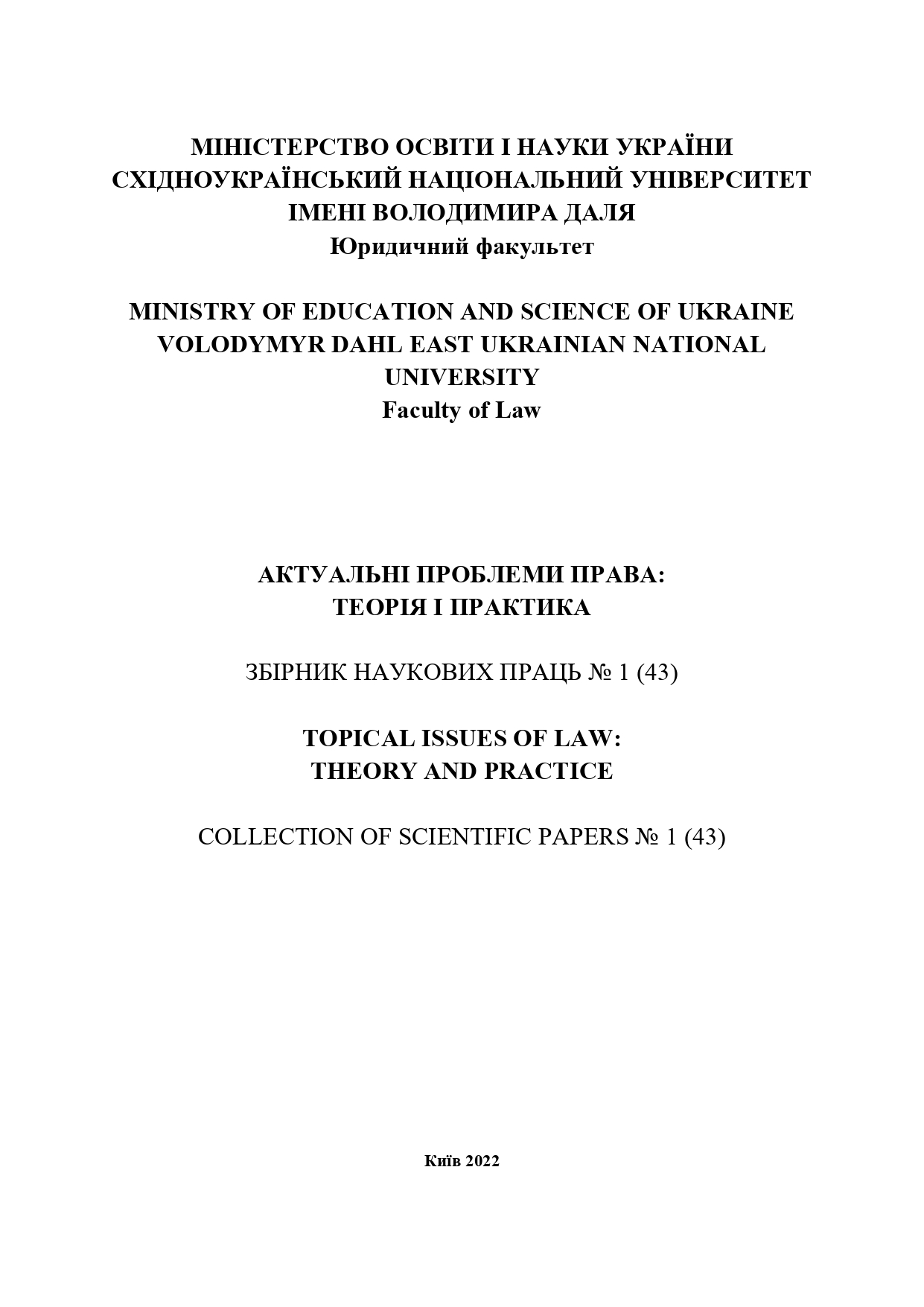FORENSIC TACTICS IN CONDUCTING FORENSIC HANDWRITING EXPERTISE
DOI:
https://doi.org/10.33216/2218-5461-2022-43-1-54-63Abstract
The article investigated the norms of the current legislation and problems on the tactics of selecting experimental handwriting samples and signatures in the context of opposition, during forensic handwriting examinations. A system of tactical techniques and forensic recommendations was developed to overcome and prevent counterac-tion by verified persons, which would ensure the speed and effectiveness of solving the problems of pre-trial investigation and litigation during forensic handwriting examinations.
According to the results of the research and the above, the author claims that:
The use by the investigator, the defense side and the court of systems of tactical techniques in conflict and non-conflict situations when taking samples in order to obtain good-quality experimental samples of handwriting and signatures is a necessary prerequi-site for the effectiveness of forensic handwriting examination.
The choice of tactical techniques for the selec-tion of experimental samples for expert research at the stage of preparation of the forensic handwriting examination is based on the results of forecasting the existing investigative situation and the behavior of the person being examined. The forecast is carried out in two ways: by direct perception of the personal characteristics of the person being checked during the preliminary investigative actions; indirectly - by collecting and analyzing information that character-izes a person.
Tactical methods of selecting experimental samples of handwriting and signatures are classified according to: 1) stages of implementation (those used at the preparatory and working stages); 2) the object of influence (the person being checked, handwritten material); 3) type of investigative situation (favora-ble, conflict); 4) the nature of the information pro-vided to the person being checked (materialized, verbal); 5) content (operational, behavioral tech-niques). A set of tactical techniques creates a tactical combination, the purpose of which is to obtain repre-sentative, high-quality samples.
Depending on the investigative situation that has developed, systems of tactical methods of sample selection are aimed at: 1) establishing the circum-stances and conditions for the execution of the manu-script; 2) obtaining samples of the handwriting of the person being checked, in the case of possible refusal; 3) communication with the person being checked and the influence on him during the sample collection; 4) overcoming the resistance of the person being checked.
Tactical methods of overcoming the reluctance of the person being checked include: a) in case of refusal to provide experimental samples of handwrit-ing and signatures - use of methods of psychological influence and logical persuasion; b) when the person being tested distorts his handwriting - acceleration of the pace and duration of writing; c) in the case of reporting false information about the fact that the person being checked does not know the transcrip-tion of a particular person's signature - providing the person under investigation with the signature for a short-term visual inspection. The last technique is based on the results of an experiment conducted by the author.
Key words: forensic handwriting examination, samples of handwriting and signatures, selection of samples, opposition to handwriting examination, tactical techniques systems.

